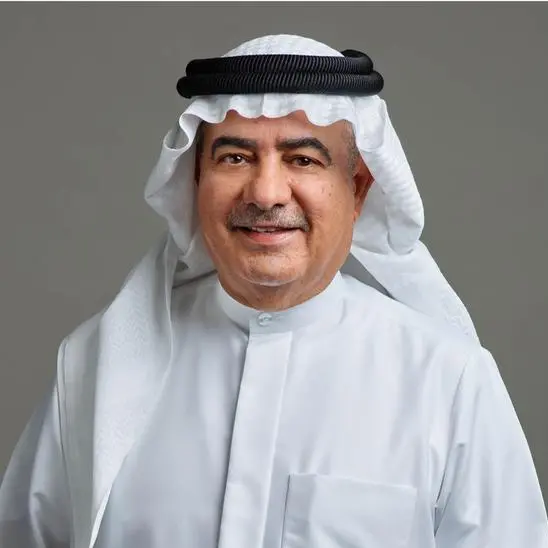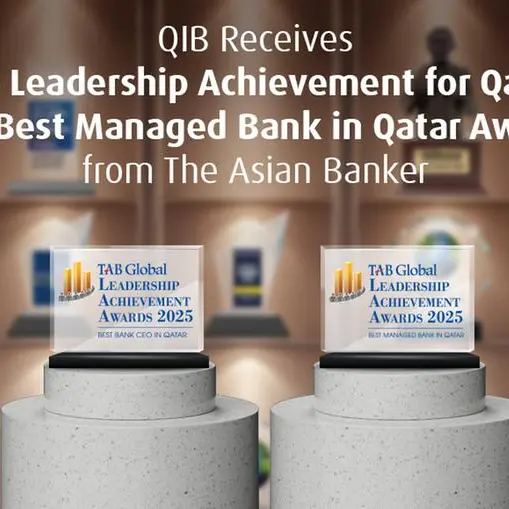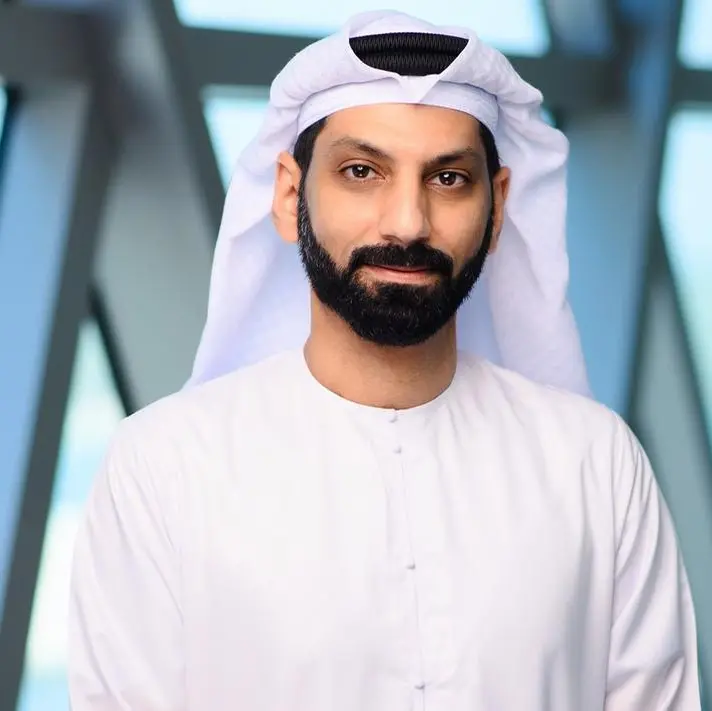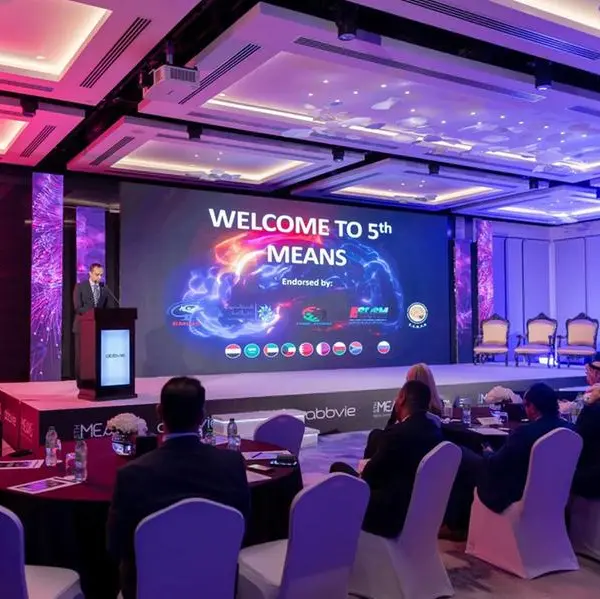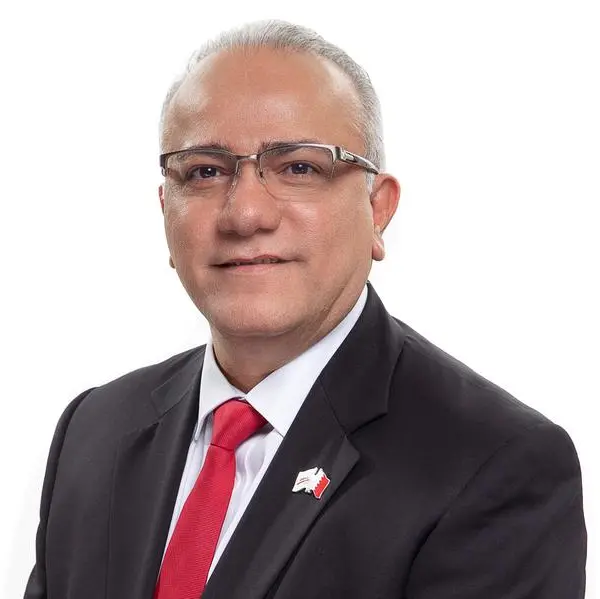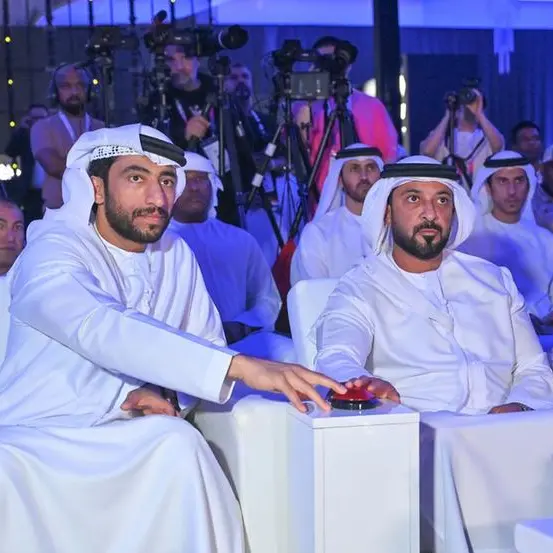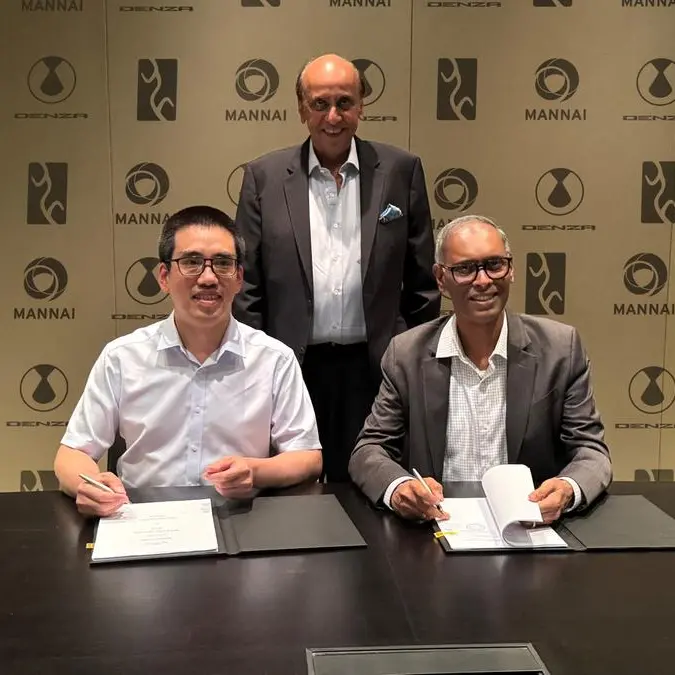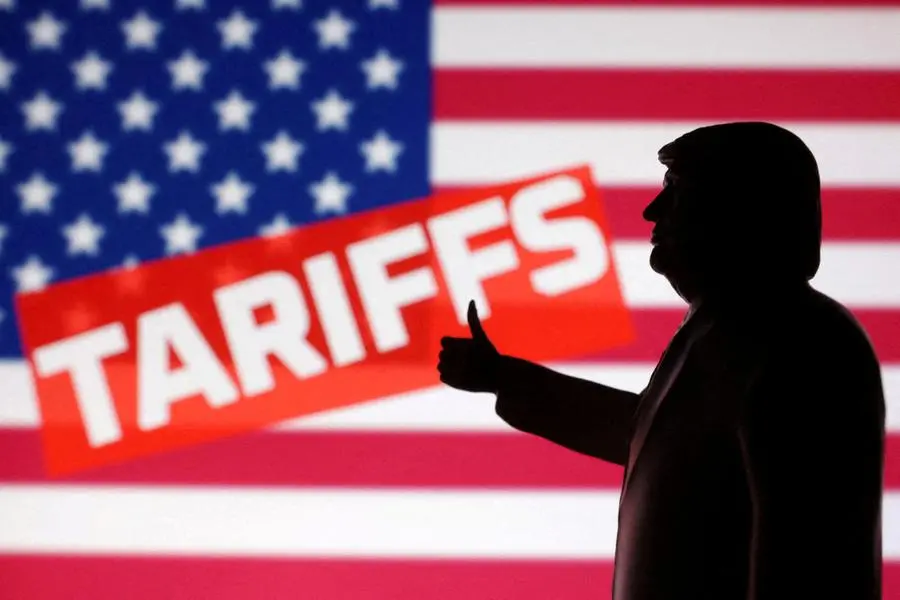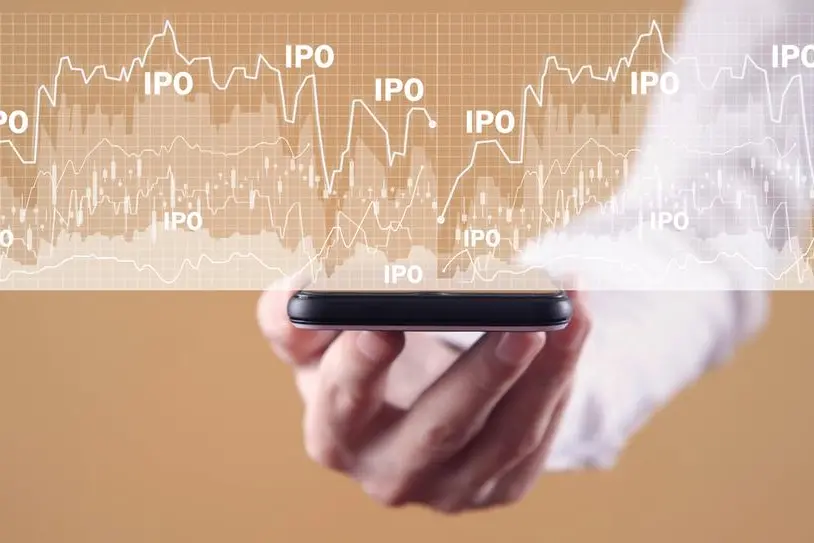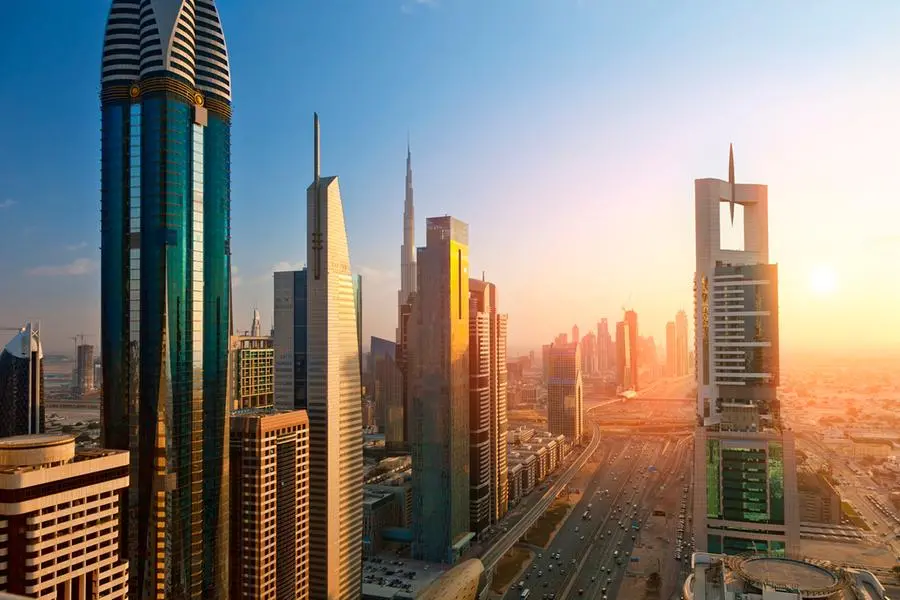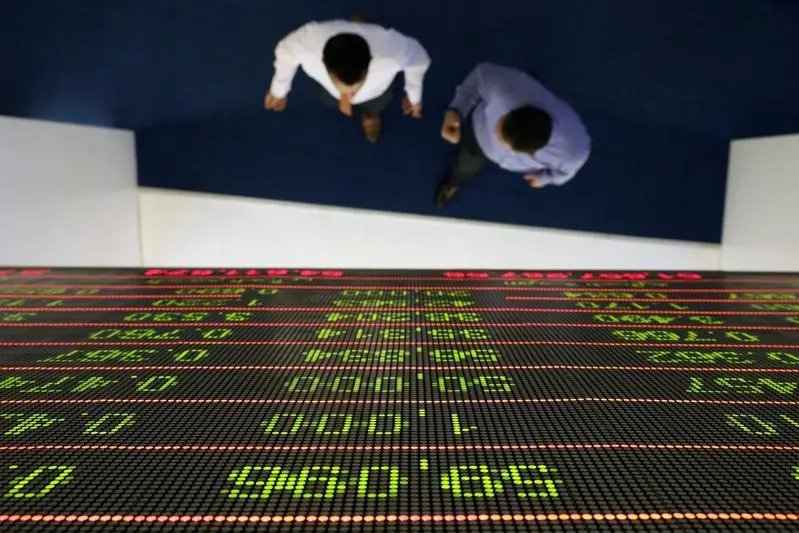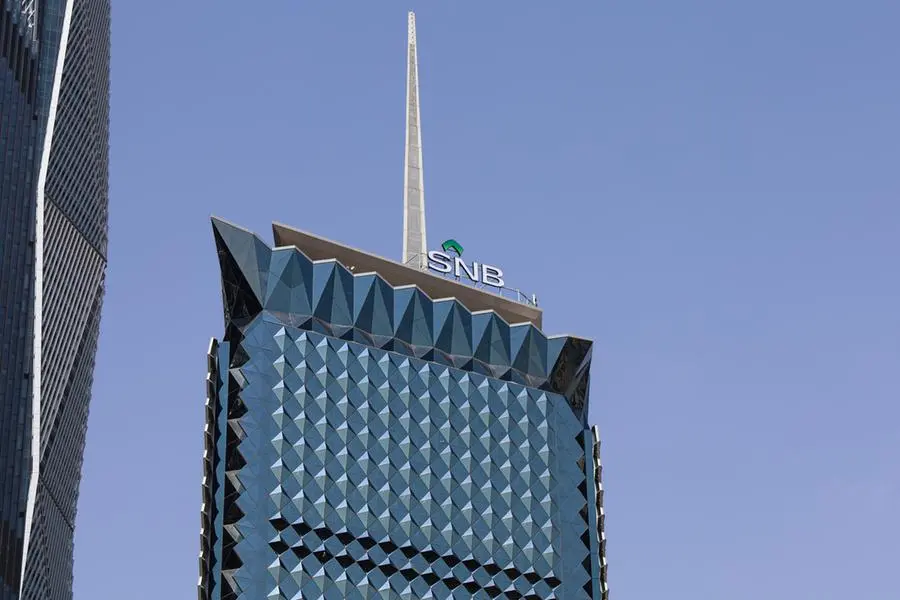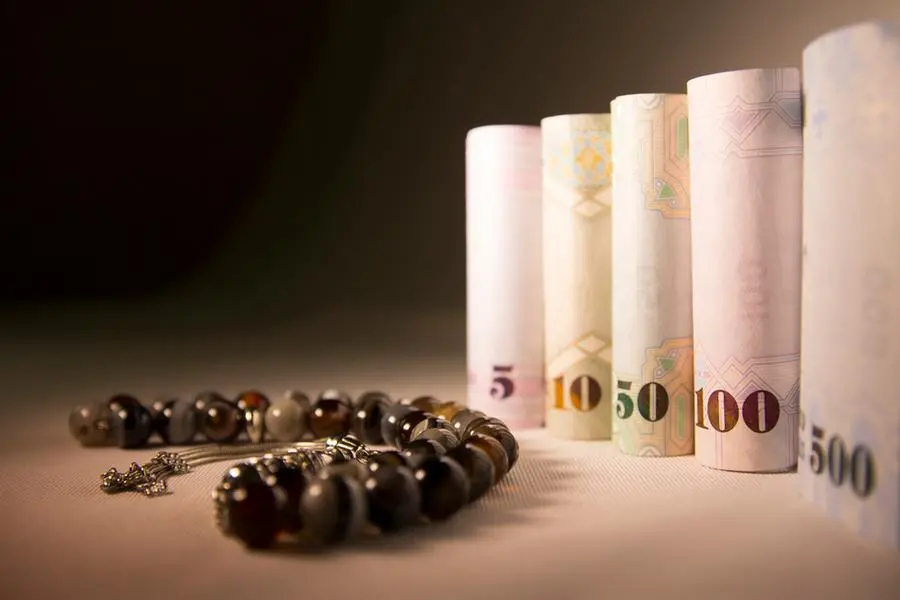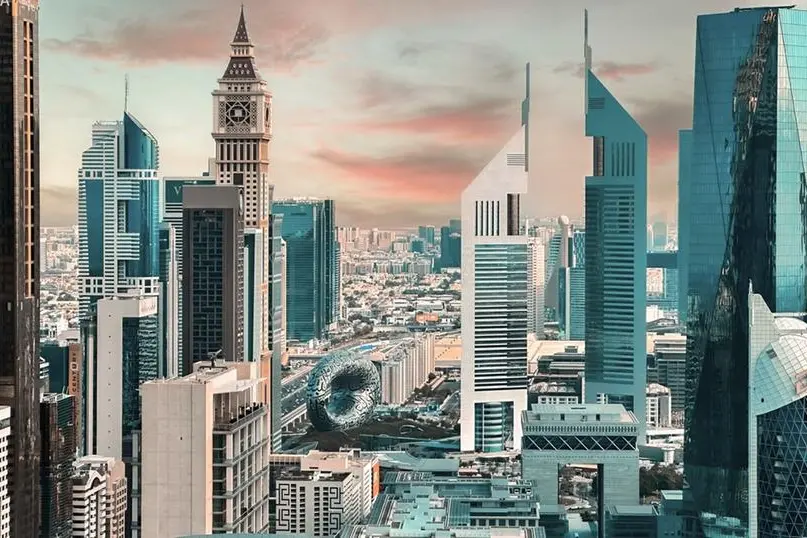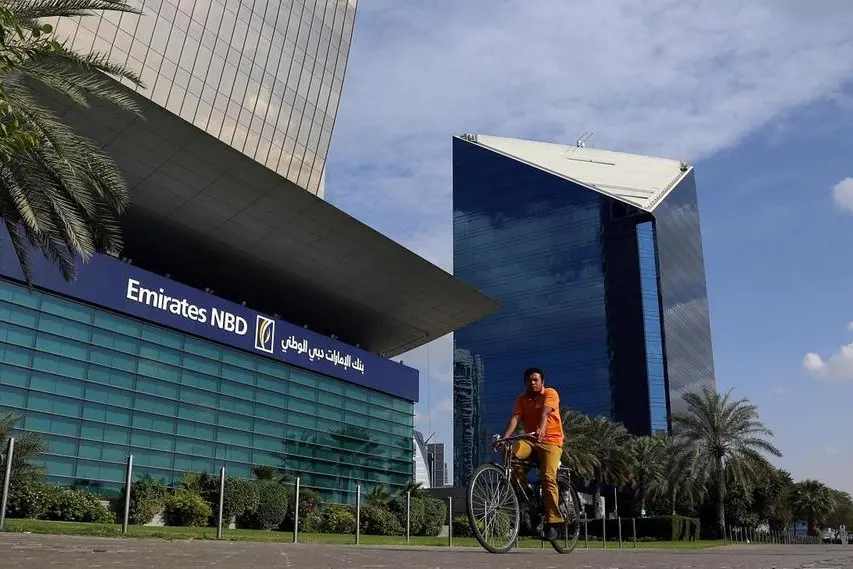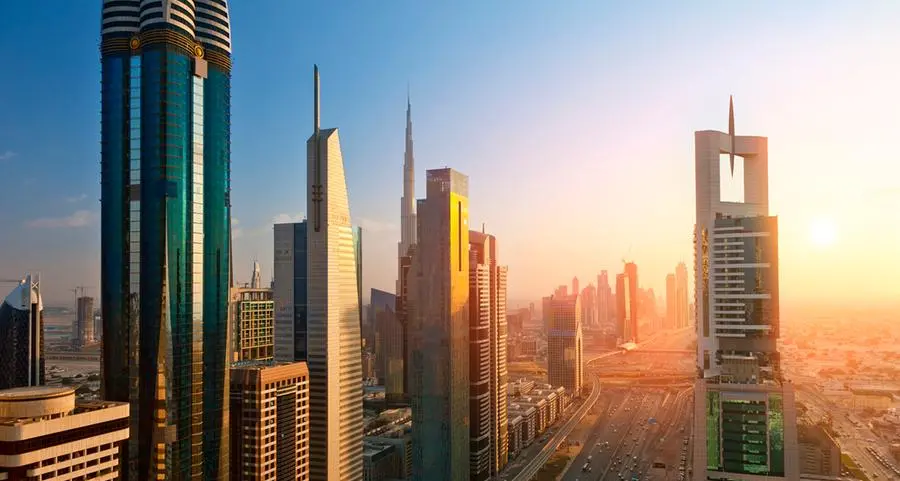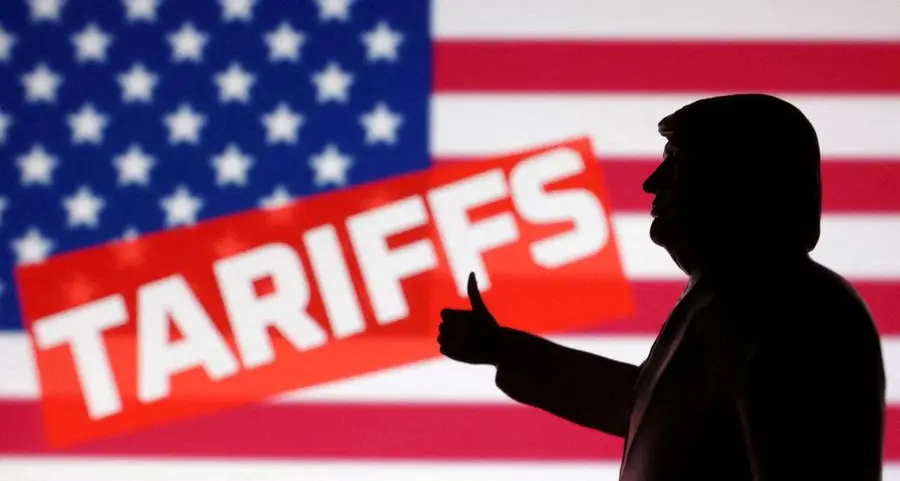· Stage 2 construction works and foundations have started, with AED 1 billion allocated for this purpose
· The District is the first step toward placing Dubai on the map of the world's smartest cities
· The District is an attractive location for innovative and forward looking events, and has hosted 150 functions in Dubai
· In six months, the District will launch studios dedicated to SMEs and a workshop for start-ups
Dubai, United Arab Emirates: The Dubai Design District (d3), the first destination for designers in the region and a member of TECOM Group, announced a rise in its occupancy levels to 85% at the end of this month with 40% of companies originating from the UAE while 60% are international.
The data underlines d3’s strong foundation of business partners across all segments of design: 33% are dedicated to fashion, 10% to design, 13% to visual arts and graphic design, 26% to interior design, object design and decorative arts, 7% to the new design sector, and 9% to social design.
In this context, Dr. Amina Al Rustamani, Group CEO of TECOM Group, said: “The Dubai Design District’s top objective has always been to provide a platform for the talent of the region to shine on the international stage. We already see strong traction across all segments, for example with Aljoud Lootah’s pieces being acquired in the permanent collection of the National Gallery of Victoria in Melbourne and Nathalie Trad recently showcasing her collection to editors and buyers during Paris and Milan Fashion Weeks, including Anna Wintour, Editor-in-Chief, U.S. Vogue.
The community indicates high demand for a physical meeting point of creative minds in design that benefits from Dubai’s global and regional position. To meet this demand, we are happy to announce that we have started construction and foundation works for the second phase of the d3 project, which will include a specialized creative community designed and executed by Foster and Partners. The community extends over 1 million ft2 and involves an investment of AED 1B. Spaces will be provided for designers to execute light works, as well as a gallery and retail space. It will have special importance as a flourishing cultural center for upcoming designers and artists, and will attract visitors and tourists to the region.”
The world is currently witnessing an unprecedented boom in industrial design that is not limited to large leading companies but also involves many SMEs and young entrepreneurs benefiting from the new doors opened by modern technologies to help shape a new future (Internet of Things, Big Data, Shared Economy, etc.). Dubai Design District’s role as the greenfield site for the implementation of Dubai’s Smart Cities initiative constitutes the first step toward placing Dubai on the map as one of the smartest cities in the world. It provides fertile grounds for design based on the initiative’s four pillars for a smart city: efficiency, seamlessness, safety, and impact. D3’s “smart” aspect is meant to be a lived reality in all areas, economic, daily living, environmental, government, human competencies, and transport and has attracted key international and regional organizations across the public and private sectors including Coca-Cola Innovation Lab and the IBM Design Studio.
While d3 will need years of dedication to become a global creativity hub, it has succeeded, during a very short period, to be included amongst key international destinations in design. Over 160 design companies are currently operational in d3 including 4,500 creative individuals whose number is expected to increase to 10,000 during the first stage of the project.
D3 understands the important role played by young entrepreneurs and SMEs in global innovation and has already begun to deliver on an exhaustive list of industry development initiatives including office space targeting emerging creatives alongside major multinationals, micro-studios for designers, a fabrication lab and an active events calendar programmed to pull design practitioners and enthusiasts to the d3 site on a regular basis.
Mohammad Saeed Al-Shehhi, COO of d3, said: “The Dubai Design District has been able to attract many local, regional and global companies that were able to start work immediately. These include Dior, Burberry, Chalhoub Group, RMJM Architecture and Masterplanning, the Coca-Cola Innovation Lab, the Dubai Sports Council, Adidas, Puma, and Art Dubai. It has also been able to attract local designers and their startups such as the furniture company Aljoud Lootah Design, the artist Jalal Luqman, fashion designer Lamya Abedin, Hissa Al Jawkar, and Maryam Omaira. Many Kuwaiti and Saudi designers have chosen d3 as well such as the fragrances expert Mohammed Ne'emah, Saudi product designer Ayah Al Bitar, and fashion designers Arwa Al Banawi.”
He added: “There is no doubt that the success of d3 as the region’s first design destination did not only contribute to attracting people from the design sector but has had a big impact on attracting design enthusiasts. This has coincided with the launch of the District’s events season, which includes the Fashion Forward platform to be held over four days in October. Other events include Dubai Design Week and Sole DXB in November. They will turn d3 to the largest gathering location for fashion designers, and will provide alternatives for brands to launch their latest products and to stay ahead in the region by participating in the organization of events that encourage art, design, fashion and music, and reflect the urban culture of the Middle East. The District has indeed become an attractive location for innovative and forward looking events and has so far hosted 150 private and public functions.”
The Dubai Design District has achieved this success thanks to the growth the design sector is witnessing in the UAE. The MENA Design Outlook report expects the sector to be worth AED 116.7 billion by 2017, registering an annual growth of 4.5% between 2013 and 2017, and to have a compound annual growth of 5.3% to reach AED 131.75 billion in 2019. The sector had grown from AED 84.77 billion in 2010 to AED 98 billion in 2013, registering a compound annual growth of 5%.
Architecture has grown by 3.2% from USD 2.5 billion in 2015 to USD 2.6 in 2016 and is expected to reach USD 3.1 billion by 2019. Revenues from interior design have increased by 5.9% from USD 1.7 billion in 2015 and are expected to reach USD 2.8 billion by 2019. The retail furniture trade is currently valued at USD 2.4 billion and is expected to reach USD 2.8 billion by 2019. The visual arts sector is also expected to increase by 5.7% from USD 14.8 million in 2015 to USD 19.3 million in 2019. Communication design, which includes services ranging from strategic planning to execution using digital and traditional platforms, is expected to grow by 6.9% between 2013 and 2017 with the current market is valued at USD 122 million (expected to reach USD 137 million in 2019). The report, which looks at the market until 2019, shows that the fashion sector in the UAE, especially in Dubai, contributes to a large share (74%) of the design market. It’s followed by architecture (9%), furniture (8%), interior design (6%), lighting (3%) and graphic design (1%).
The Dubai Design District, designed and built in cooperation with government entities and establishments, is the first integral implementation of a smart city in the region and sets a standard for smart cities around the world.
-End-
© Press Release 2016
